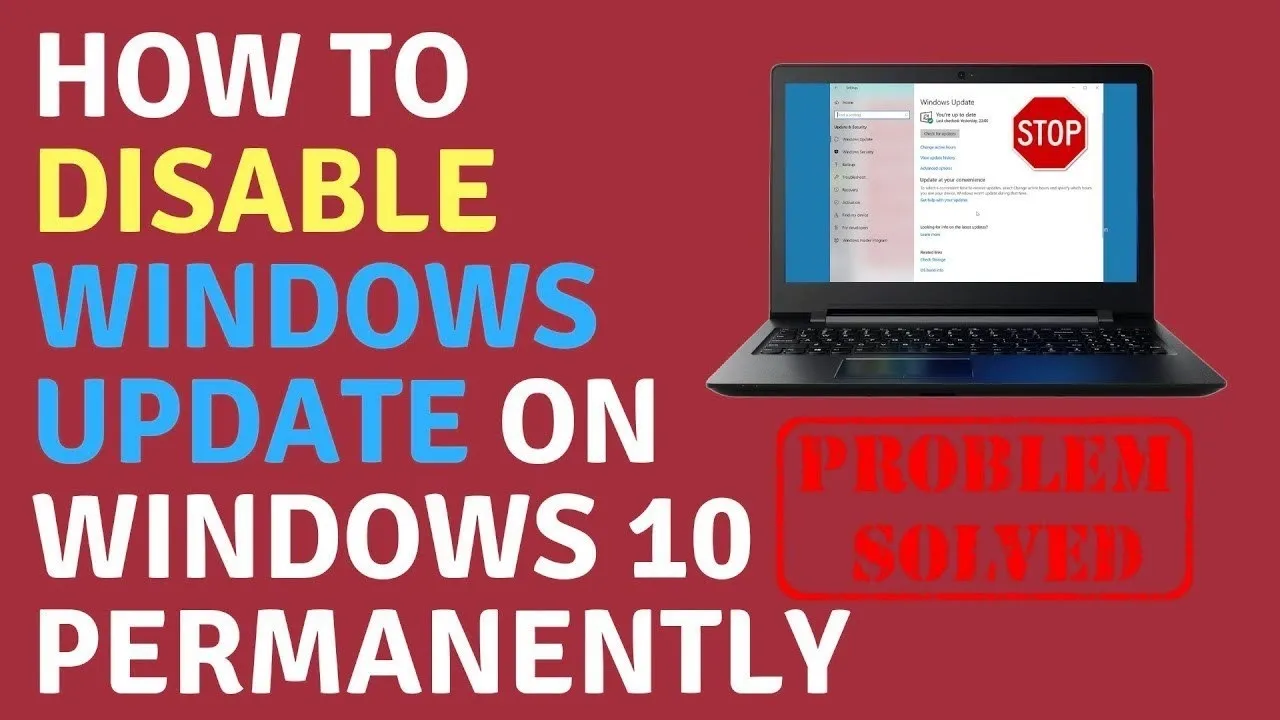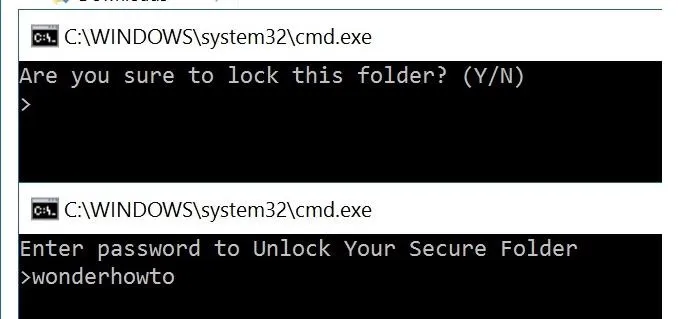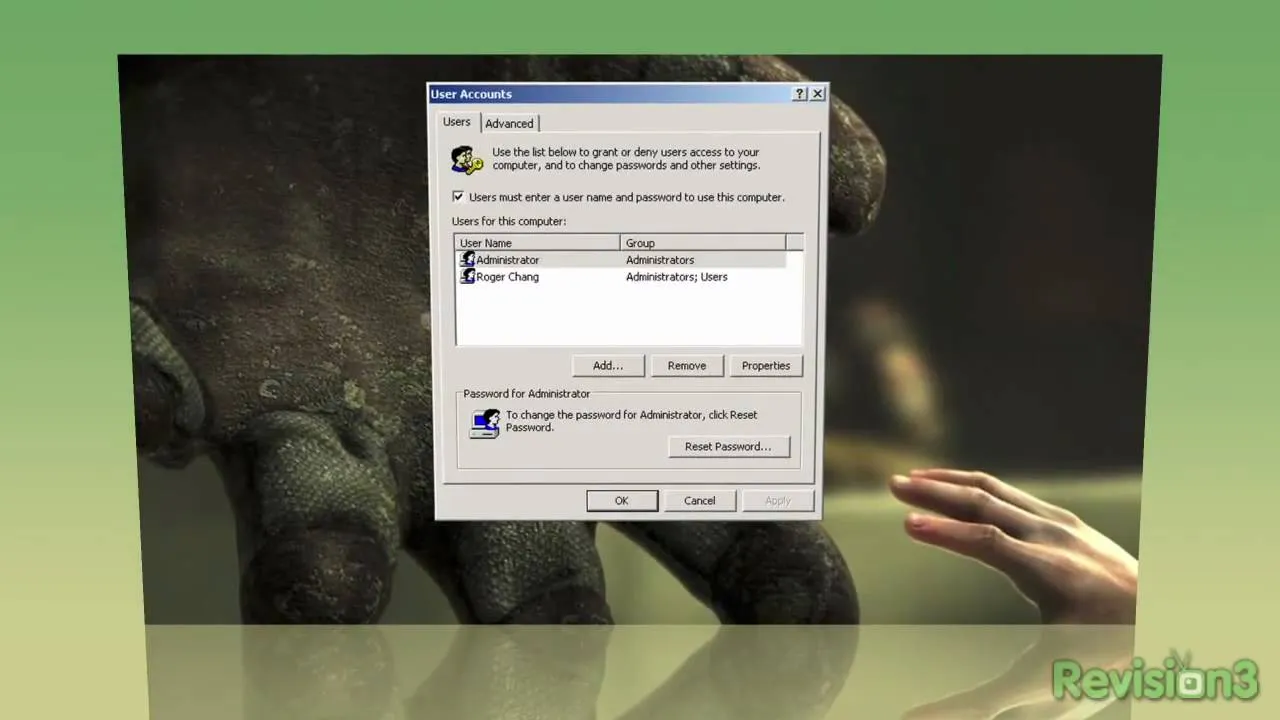By now, you probably know that your iPhone secretly tracks and stores the locations you've visited in a backup folder on your computer's hard drive. The files are unencrypted, which means anyone with access to your computer or device can retrieve the information, which is downright scary. But Pete Warden and Alasdair Allan are making it fun with their iPhone Tracker application, which lets you map out everywhere you've been with your smartphone.
But what if you don't want that information on your computer? What if you don't want to risk others seeing it, knowing your every move? Then it's time to delete your backup files.
Some of you may want to do this for security reasons, but most of you will want to because of the real killer—space consumption. Every time you sync your iPad, iPhone and iPod touch with iTunes, a backup folder is automatically created on your computer. This backup contains your location data, along with other files and can be as large as 64GB for each iOS device. Factor in the amount of iDevices you have and the potential number of backup files, and you might have over 200GB of valuable hard disk space missing.
If you have a small hard drive, cleaning this junk up could be vital. There are a couple of ways to go about it:
Delete Using iTunes
This is the easiest and quickest method of erasing those hefty iOS backups. No matter if you're on a Mac or PC, the process is the same.
1. Open up iTunes.
2. Click on iTunes in the menu.
3. Click on Preferences.

4. Go to the Devices tab.

5. Click on the backup you want to remove, then Delete Backup.

6. Confirm by pressing Delete.

7. Repeat for any other backups you want to delete.
Tips
- It's a good idea to clear out all the older backups, but you should keep the newest backup for each device. For some reason, if you need to restore your iPad, iPhone or iPod touch, you won't be able to if you deleted all of the backups. Always keep the newest one!
- If you deleted all of them, don't worry—the next time you sync your device with iTunes, a new backup will be created.
- If you have a ton of backups and would rather delete them all in one swoop...
Delete Directly from the System
On Mac and PC, Apple stores your iTunes iOS backups in your file system. You can find your backup archive in the following folders (~ represents your user directory):
- Mac: ~/Library/Application Support/MobileSync/Backup
- Windows: ~\Application Data\Apple Computer\MobileSync\Backup
When you navigate to the Backup folder, you'll find that they contain a bunch of folders with gibberish names and seemingly random content. There's no easy way to identify them, but in list view, you can sort by date modified and send all of the old ones to the trash. Then empty to delete and see how much space you just resurrected.

Warnings
- Do not delete all backup folders. If your iOS device falters, you won't be able to restore it—you'll have to start anew. If you upgrade to a better device, update your firmware or get a replacement device, you can easily set it up to make sure you have the same content you had when last synced with iTunes—so make sure to keep a backup handy!
- Continue backing up your iOS devices. Regular backups makes sure that you're always safe from malfunctions and glitches destroying your data. Just delete the older ones once you perform a new update.
- You can prevent iTunes from automatically creating a backup of your device, but you shouldn't do that unless you want to perform manual backups from time to time.
Photo by William Brawley
















Comments
Be the first, drop a comment!